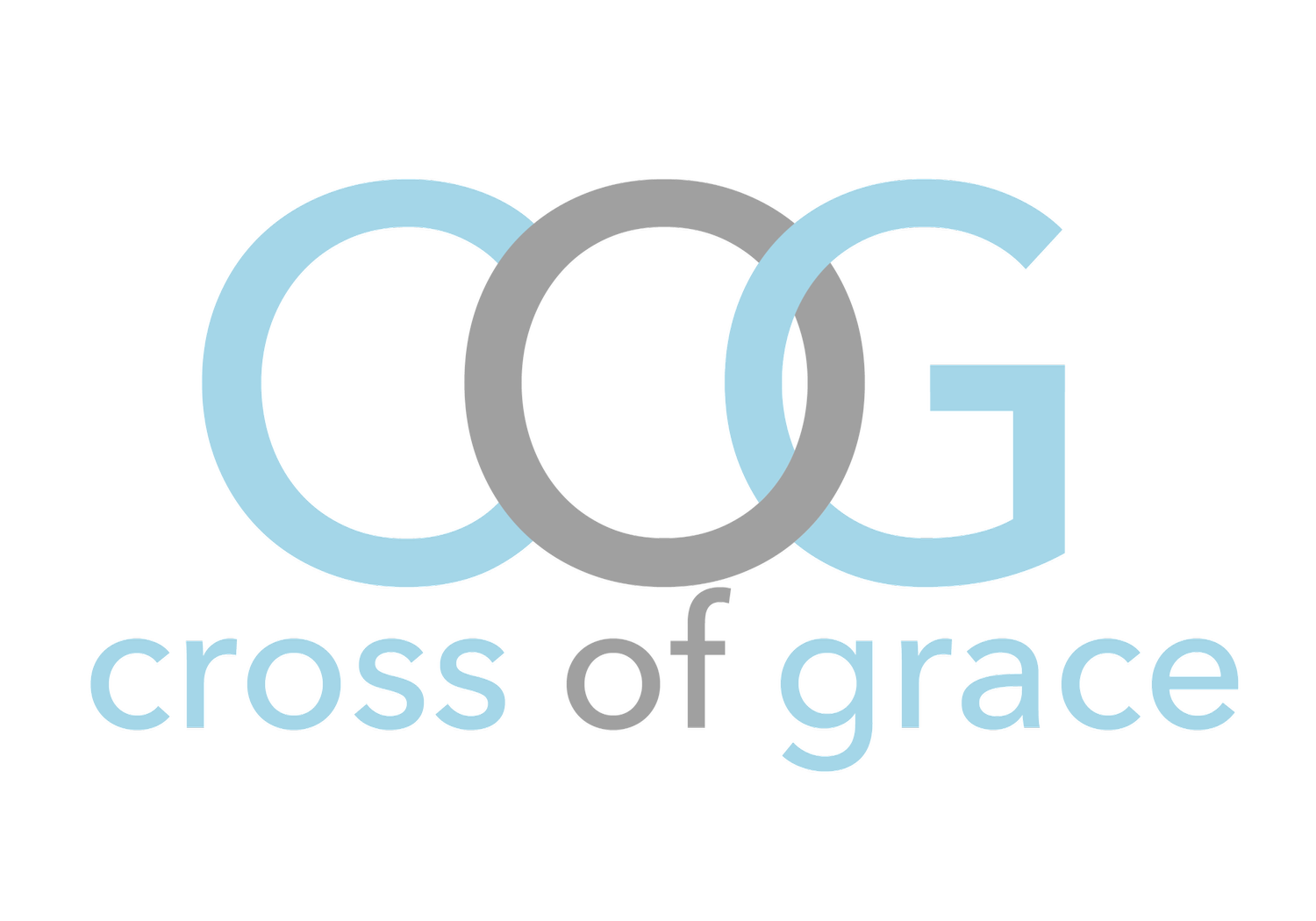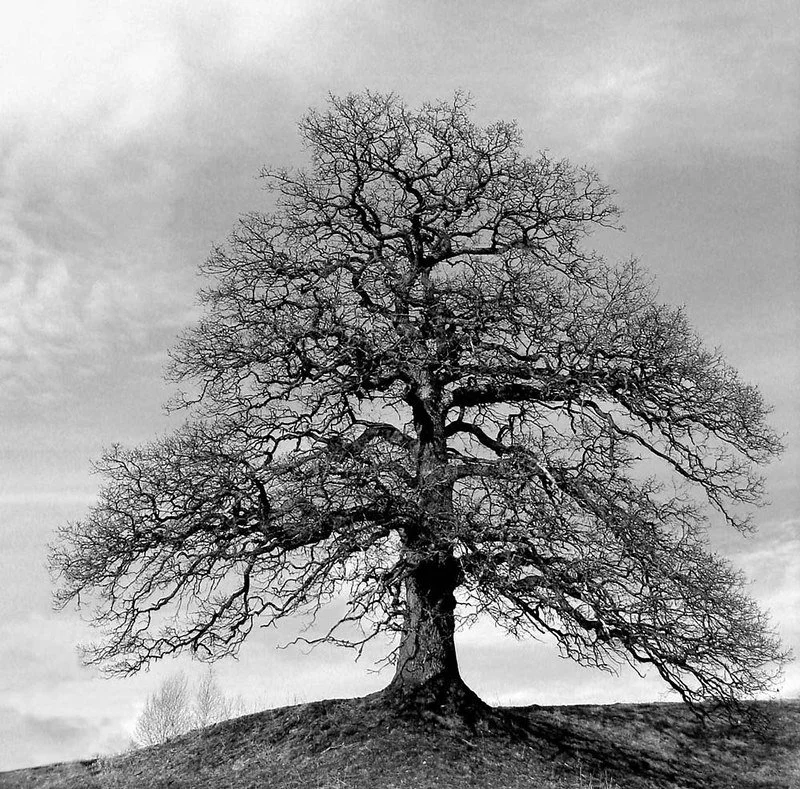John 19:38-42
After these things, Joseph of Arimathea, a follower of Jesus, though a secret one because of his fear of the Jews, came to Pilate and asked if he could take away the body of Jesus. Pilate gave him permission; so he came to remove his body. Nicodemus, who at first had come to Jesus by night also came, bringing with him a mixture of myrrh and aloes weighing about one hundred pounds. They took the body, wrapping it in the spices and linens, according to the Jewish burial customs. Now, there was a garden in the place where Jesus had been crucified and in the garden there was a new tomb in which no one had ever been [buried.] So, because it was the Jewish Day of Preparation, and because the tomb was nearby, they laid the body of Jesus there.
“The Primeval Mythology of Genesis: Creation”
I’ve already heard some curiosity – maybe mixed with some cynical suspicion – about the title of this new sermon series: “The Primeval Mythology of Genesis.” Curiosity and suspicion aren’t terrible things and I think it’s the word “mythology” that stirs the pot for some people, which was kind of our goal. Part of the point with this next round of sermons is to remind ourselves and each other that we’re called to read the Bible LITERATELY, not LITERALLY, and to see that its message and good news – its grace, hope, and promise – go deeper and wider when we do.
So first, things, first … which is what “primeval” means, sort of … first things; of the earliest ages; the beginning of the beginning, you might say. The first eleven chapters of the Bible’s first book are where we will spend our time the next few weeks. The good stuff before the good stuff. The stage-setting. The foundation. The genesis, is where we begin.
And the word “mythology” rightly ruffles feathers if we are inclined to equate the foundational narrative of our faith story with the fables, fairy tales, and fictional “myths” of, say, the Greek gods (Zeus, Poseidon, Aphrodite, and the like); or Aesop’s fables; or the tall tales of the wonderful world of Walt Disney. But that’s not what we’re up to.
“Myth” and “mythology” can mean something more, something deeper from a theological perspective, which is what we plan to wrestle with. I would contend that, when we limit stories like creation, where we are beginning this morning, to all and only what we can glean from it LITERALLY, that that’s precisely how and when we reduce it to something like a mere fable, a fairy tale, a fictional “myth,” rather than when we wonder about the holy, sacred, profound Truths that this story – and the others like it in Scripture – hold for our life and faith in this world.
And where better to start than at the very beginning – “it’s a very good place to start” – in the beginning, with the fact that, if we’re honest, the two very different versions of creation that we just heard – from Chapters 1 and 2 of the same book – make it really hard to take either of them LITERALLY?
I mean, those are two very different versions of the same story, right? (Many Bibles, like the ones we read from each Sunday, say it plainly. Chapter 2 is “another story of creation.”) The story in Chapter 1 tells of the day-by-day, very long work-week of the Almighty, who creates first this, and then that, with a break and no small measure of satisfaction between each.
“…and God saw that it was good…” “…and God saw that it was good…” “…and God saw that it was good…”
“…and there was evening and there was morning, the first day…” “…and there was evening and there was morning, the third day…” “…and there was evening and there was morning, the fifth day…”
But Chapter 2 goes down altogether differently. In that version of creation, God – like some sort of holy potter, or divine craftsman, or sacred sculptor – makes a man from the dust, then plants a garden and puts him to work, then decides he could use a companion and some help, so then creates all the rest, and a woman, to boot.
In version #2, we don’t know which came first or next, on which day. And none of that matters.
What matters is that God, something Divine, did something divine – created the heavens, the earth, and all that is in them. What matters is that it was and is good. What matters is that we are part of that goodness – you and I – and all people – created good, by God; and created for good, for God’s sake.
What matters, if you ask me, is that we stop reducing the Bible to some sort of prehistoric science book – the authors of which never could have known a thing about bunker-busting missiles or atomic bombs; about Gaza or the West Bank, as we know of them today; about electric cars, school shootings, cancer, chemo-therapy, Medicaid or social media. And that’s okay. These stories have something to say to all of that – and to all of us – nonetheless.
Because what the creation stories tells us – among so many other things – is that we are made in the image of the divine, even though we do so much to make that hard to believe. And we are made in the image of the divine, not just because we have heads, shoulders, knees, or toes…
…but we are made in the image of the Divine because we are made for community, like God; with the power to create and care about and have compassion, like God; that we have the capacity to do justice, like God; make sacrifices, like God; be generous, like God; forgive, like God; and love one another, like God.
Oh, and this is important: the stories of creation make it very clear that none of us IS God and that we shouldn’t try to be – which Pastor Cogan will get to next week, I believe.
Instead, for now, let’s let the stories of creation inspire within us what, I believe they were meant to inspire and to teach and to proclaim all along: a sense of reverence and awe about what God can do; a posture of humility and gratitude for our part in the grand scheme of things; and a response from each of us – and all of us together – that is generous, careful, and full of service that acknowledges our connection to all people and to the grand scheme of things.
Because today’s good news includes the notion that we are created “just a little lower than the angels” – as the Psalmist puts it – and that God calls us to live differently because of that Truth. God invites us to tend to and care for what belongs to God – the earth and all that is in it. God calls us to replenish what we use up – from the earth and from each other, too; to give more than we take, save, and keep for ourselves.
So, what if these primeval creation stories are nothing more – and certainly nothing less – than prehistoric best efforts at describing something that cannot be described; that is too big for words; that are meant to love us and leave us in awe and wonder for what God has done for us – and hopes to do through us – for the sake of the world where we live?
What if these primeval creation stories are nothing more – and certainly nothing less – than poetic prose from a prehistoric Mary Oliver, who could marvel at creation as well as anyone, as far as I’m concerned? Her poem Wild Geese, goes like this:
You do not have to be good.
You do not have to walk on your knees
for a hundred miles through the desert, repenting.
You only have to let the soft animal of your body
love what it loves.
Tell me about despair, yours, and I will tell you mine.
Meanwhile the world goes on.
Meanwhile the sun and the clear pebbles of the rain
are moving across the landscapes,
over the prairies and the deep trees,
the mountains and the rivers.
Meanwhile the wild geese, high in the clean blue air,
are heading home again.
Whoever you are, no matter how lonely,
the world offers itself to your imagination,
calls to you like the wild geese, harsh and exciting –
over and over announcing your place
in the family of things.
What if the point of the creation stories is simply, and profoundly, to announce your place – and mine – in the family of things?
And what if these primeval creation stories are nothing more – and certainly nothing less – than like clever song lyrics from a pre-historic John Prine, encouraging you, with a wink and smile to…
“Blow up your TV, throw away your paper
Go to the country, build you a home
Plant a little garden, eat a lot of peaches
Try and find Jesus on your own.”
What if these primeval creation stories are nothing more – and certainly nothing less – than prehistoric pieces of art – trying to capture, with words, something like Van Gogh’s “Starry Night”:
or Monet’s “Water Lilies”:
or even Ansel Adams who, like the story tellers of Genesis, certainly had a thing for trees.
But, speaking of John Prine, I hope the Gospel reading wasn’t too on the nose this morning. But I wanted to connect all of this to Jesus, of course. Because it is as poetic and powerful to me that our faith story begins and ends, in a garden, sometimes.
There aren’t enough of even the most beautiful words, songs, poems, or prose to adequately convey the power of God’s love in creation – or by way of the Word made flesh, in Jesus. And I think the two different versions of creation that we find in Genesis aren’t in competition. They’re just evidence and acknowledgment of that fact – of how grand and glorious and full of grace this God is that we worship.
So I think it’s a beautiful thing that both versions of creation’s origin story – and the consummation of God’s resurrection in Jesus … God’s defeat of death … Christ’s victory over Sin for our sake … I think it’s beautiful that all of that, too, takes place in a garden – where light shines in the darkness; where the goodness of God bears fruit for the sake of the world; where sin never gets the last word; where we are all made and made new in God’s image; and where hope rules, in spite of the chaos, because of the grace, mercy, and love of the God we know in Jesus.
Amen




